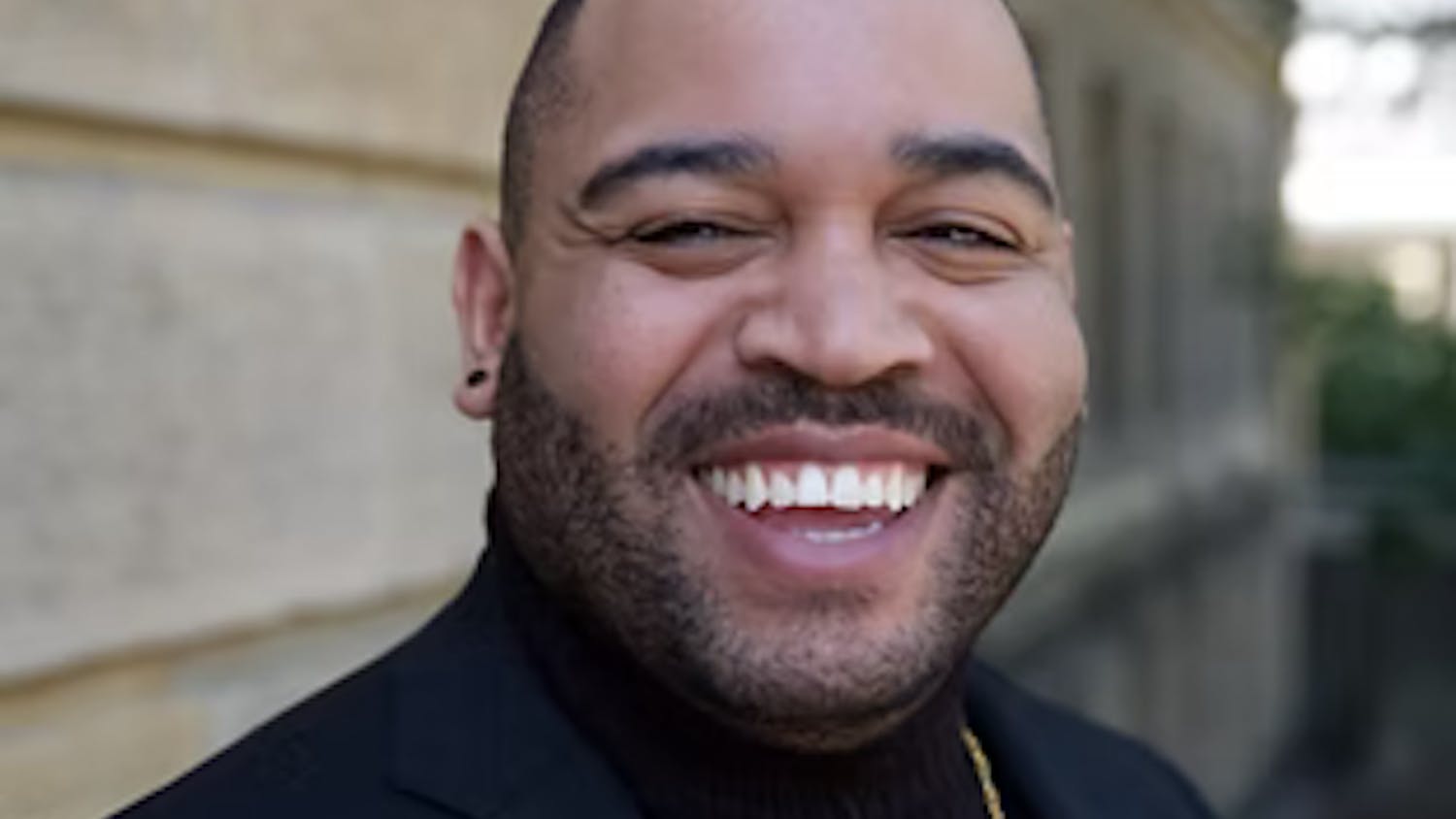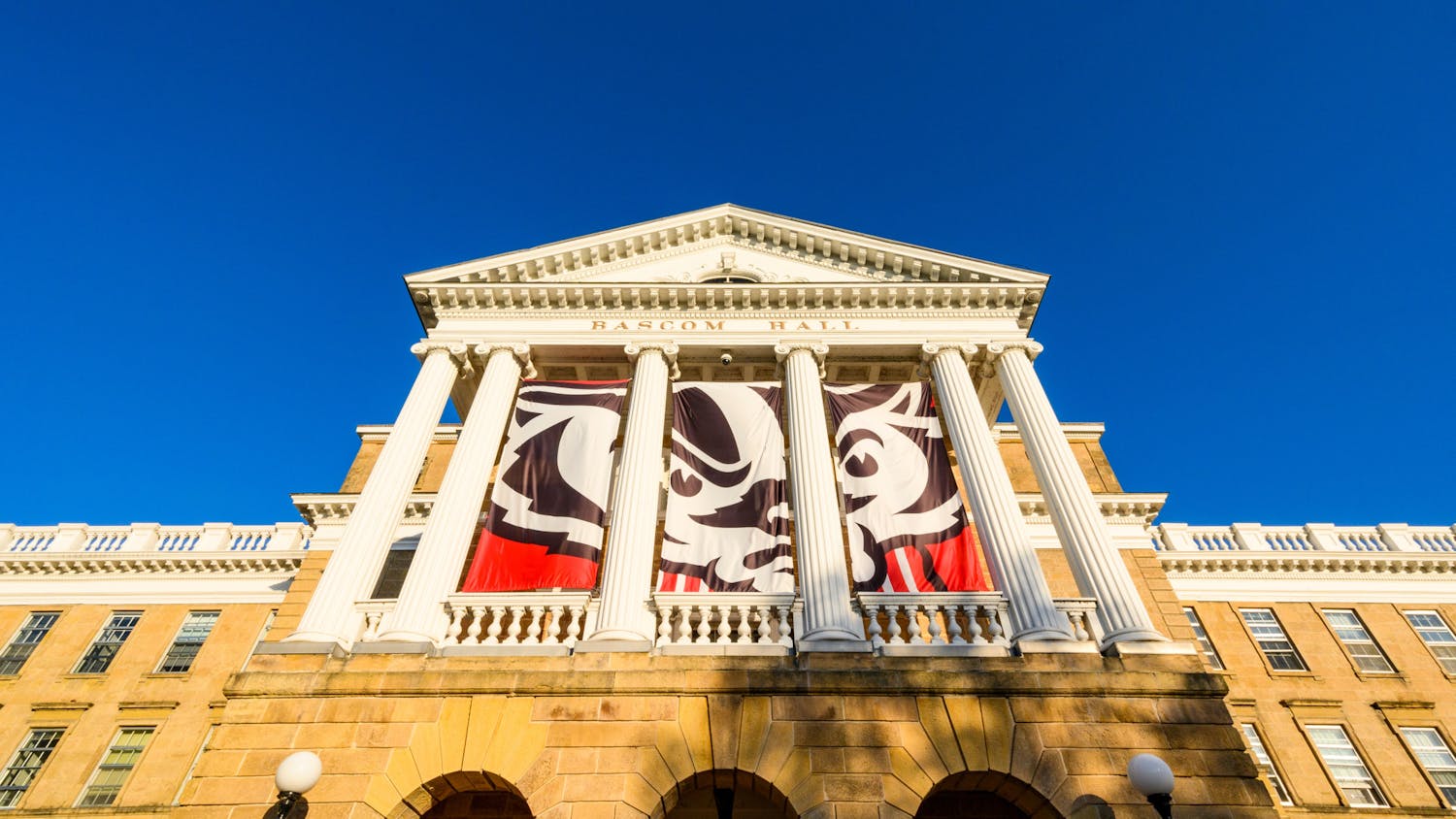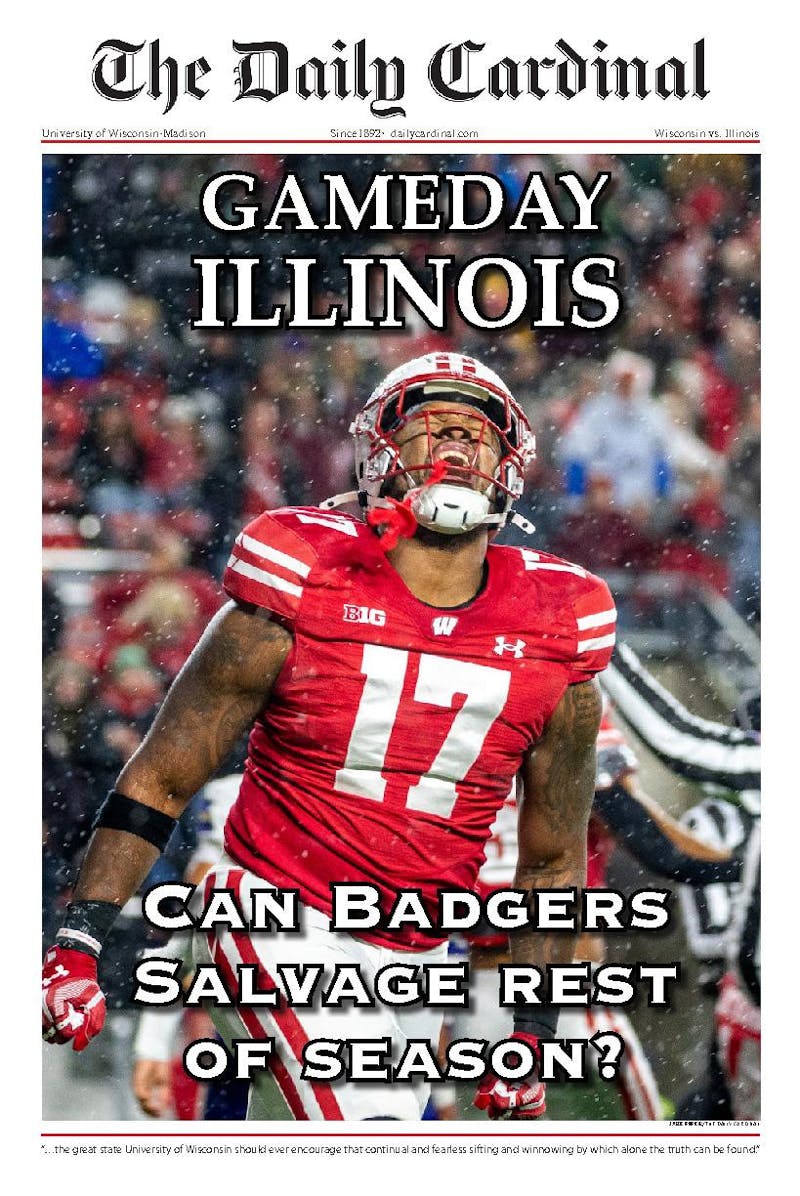Alongside Mayor Satya Rhodes-Conway, the Madison community and business leaders discussed challenges posed by the city’s forecasted population growth on Saturday at the third annual Cap Times Idea Fest.
Ruben Anthony, President and CEO of the Urban League of Greater Madison, and Kevin Conroy, CEO of Exact Sciences joined the mayor in the panel, “How does Madison not become Seattle?”
The conversation focused heavily on concerns about transportation and the local housing market — both major sources of frustration for Seattle. The west coast city has the sixth-longest commute times and third-largest homeless population in the country.
Madison confronts the same spatial challenges as Seattle, the only other city in the U.S. also built on an isthmus.
By 2040, Madison’s population could be as large as 345,000 — a 45 percent increase over two decades — according to a city report.
The panelists agreed that in preparing for the population influx, Madison must use space more efficiently in the realms of transportation and housing. They also agreed that the looming changes demand a proactive approach.
“I think we have to make the investments now in the infrastructure changes — for transportation, for housing — so we can start to solve some of these problems,” Rhodes-Conway said.
The mayor’s plan to combat traffic congestion is “Bus Rapid Transit.” The program aims to utilize higher-capacity buses that stop less, but run more frequently to maximize ridership and minimize commute times. The city’s hope is that increased ridership would reduce traffic congestion under this system since fewer Madison residents would choose to drive.
The mayor’s recently-released 2020 capital budget will more than double funding for Metro Transit and plans for $128 million in spending on BRT over the next four years.
Madison’s housing shortage stands out to community leaders since the vacancy rate — a common indicator for the health of a housing market — rests well below the national target.
“We know that if we grow to the extent that we are projected, and I would say want to grow, we have got to accept a higher density of housing units in the city of Madison,” Rhodes-Conway said, receiving applause from the audience.
The Urban League of Madison is dedicated to empowering African-American residents in the Madison area. At the panel, Anthony called for an emphasis on racial equity in the city’s preparations for the future. The homeownership rate for African-American families in Madison is less than 20 percent, far below the city average of 49 percent.
“I think we have to be intentional about whether or not we want this community to be a community that’s going to service all people,” Anthony said.
The panel also agreed that Madison’s suburbs will play a key role in keeping the city’s economy healthy. More regional interconnectedness further highlights the need for better public transit, according to Anthony.
“We’re not some small town,” Anthony said. “We have to remember that Madison is a metropolis.”






